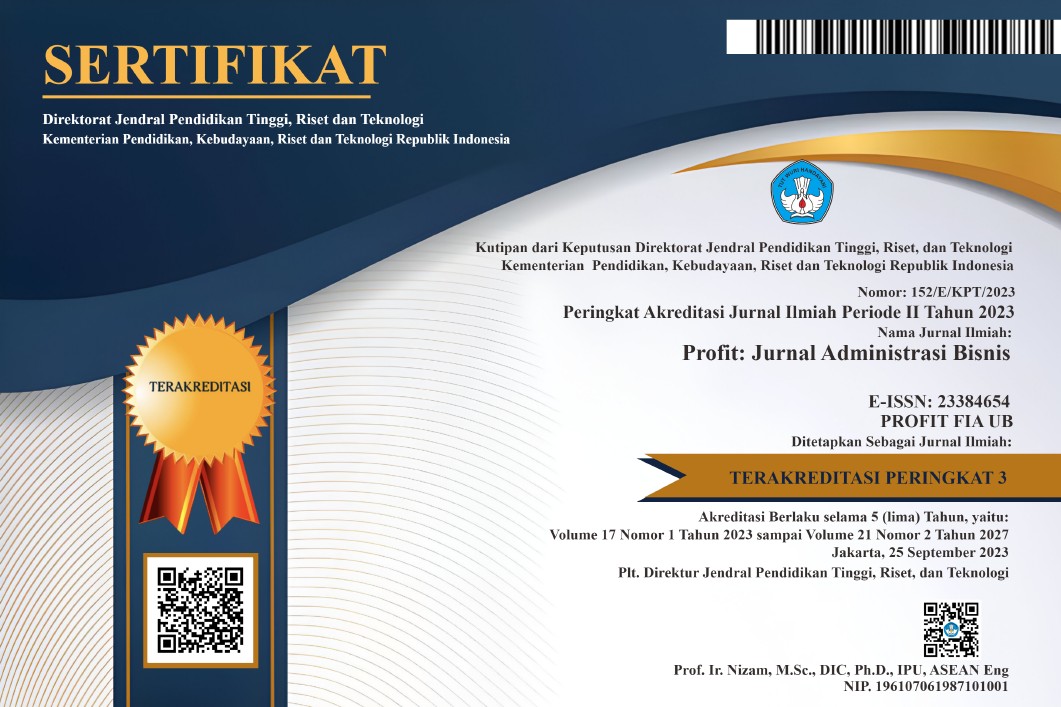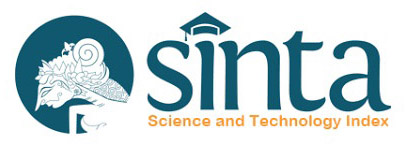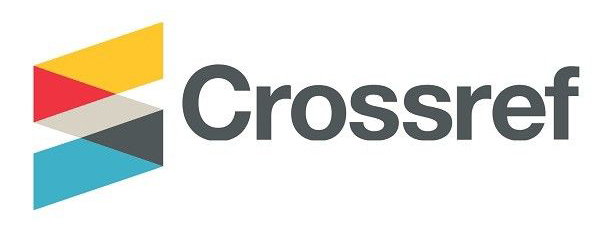PENGARUH PERMISSION EMAIL MARKETING TERHADAP PURCHASE INTENTION DAN DAMPAKNYA PADA PURCHASE DECISION (Survei Pada Customer Lazada Indonesia)
DOI:
https://doi.org/10.21776/ub.profit.2021.015.01.2Keywords:
Permission email marketing, purchase intention, purchase decisionAbstract
This study aims to discuss and test the role of permission email marketing that have an impact on purchase intention and purchase decision in the marketplace. Permission email marketing is one marketing tool that has many advantages, including the ability to reach a wider area and different market share but also the ability to make marketing deals with a small amount of investment. The researcher used the questionnaire as the primary data source given to 168 respondents, namely subscriber at Lazada Indonesia. The analytical tool used is Structural Equation Modeling Partial Least Squares (SEM-PLS) which is a causal modeling approach that aims to maximize the variance of latent variables which can be explained by predictor variables. The results showed that there was a strong influence between email marketing permissions with purchase intention and purchase decisions.
References
Babin, B. J., & Anderson, R. E. (2014). on Multivariate Data Analysis Joseph F . Hair Jr . William C . Black Seventh Edition.
Cannon, Perreault, dan M. (2009). Pemasaran Dasar Pendekatan Manajerial Global Buku 2 Edisi 16. Salemba Empat.
Chen, Y. H., Hsu, I. C., & Lin, C. C. (2010). Website attributes that increase consumer purchase intention: A conjoint analysis. Journal of Business Research, 63(9–10), 1007–1014. https://doi.org/10.1016/j.jbusres.2009.01.023
Das, K., Gryseels, M., Sudhir, P., & Tan, K. T. (2016). Unlocking Indonesia’s Digital Opportunity. McKinsey & Company, October, 1–28. https://www.mckinsey.com/~/media/McKinsey/Locations/Asia/Indonesia/Our Insights/Unlocking Indonesias digital opportunity/Unlocking_Indonesias_digital_opportunity.ashx
Dawson, S., & Kim, M. (2009). External and internal trigger cues of impulse buying online. Direct Marketing, 3(1), 20–34. https://doi.org/10.1108/17505930910945714
DuFrene, D. D., Engelland, B. T., Lehman, C. M., & Pearson, R. A. (2005). Changes in Consumer Attitudes Resulting from Participation in a Permission E-mail Campaign. Journal of Current Issues and Research in Advertising, 27(1), 65–77. https://doi.org/10.1080/10641734.2005.10505174
Ferdinand. (2002). Metode Penelitian Manajemen : Pedoman penelitian untuk Skripsi, Tesis, dan Desertasi Ilmu Manajemen. Badan Penerbit Universitas Diponegoro.
Ghozali, I. (2008). Generalized Structured Component Analysis. Universitas Diponegoro.
Gräf, H., Point, T., Ružić, I., Kelić, I., Report, B., Kent, R., Brandal, H., Cameron, R., Ginsburg, H., Westhoff, M., Mendez, R. V, Castronovo, C., Huang, L., Ellis-Chadwick, F., Doherty, N. F., Chen, Y. H., Hsu, I. C., Lin, C. Y. C., Chiang, I. P., … Zia, A. (2013). Permission E-mail marketing as a means of targeted promotion. Journal of Business Research, 4(1), 1–19. https://doi.org/10.1017/CBO9781107415324.004
Hudák, M., KianiÄková, E., & Madleňák, R. (2017). The Importance of E-mail Marketing in E-commerce. Procedia Engineering, 192, 342–347. https://doi.org/10.1016/j.proeng.2017.06.059
Jolley, W., Lee, A., Mizerski, R., & Sadeque, S. (2013). Permission email messages significantly increase gambler retention. Journal of Business Research, 66(9), 1617–1622. https://doi.org/10.1016/j.jbusres.2012.12.006
Khusniah, R. (2013). Pengaruh Subscribe Terhadap Keputusan Pembelian Produk Digital ( Studi pada Mahasiswa Pasca Sarjana Perguruan Tinggi Di Malang ). 1(2), 199–208.
Kumar, S., & Sharma, R. (2014). An Empirical Analysis of Unsolicited Commercial E-mail. Paradigm, 18(1), 1–19. https://doi.org/10.1177/0971890714540363
Meng, X. (2010). Study on combining of E-commerce and E-marketing. Journal of Software, 5(5), 546–553. https://doi.org/10.4304/jsw.5.5.546-553
Mesenbourgh, T. L. (2001). Measuring Digital Economy. US Bureau of the Census.
Mowen, John C. Mowen, M. M. (2002). Perilaku Konsumen (Jilid 1), Edisi Kelima. Erlangga.
Peter, J Paul and Olson, J. C. (2010). Customer Behavior & Marketing Strategy. McGraw-Hill Companies.
Philip Kotler. (2000). A Framework for Marketing Management. Millenium Edition. Perason Education Company.
Philip Kotler. (2003). Marketing Insights from atoZ. 226. https://doi.org/10.1017/CBO9781107415324.004
Philip Kotler dan Keller. (n.d.). Manajemen Pemasaran. Edisi 13 Jilid satu. Erlangga.
Reimers, V., Chao, C. W., & Gorman, S. (2016). Permission email marketing and its influence on online shopping. Asia Pacific Journal of Marketing and Logistics, 28(2), 308–322. https://doi.org/10.1108/APJML-03-2015-0037
Saad, S., Shah, H., Aziz, J., Jaffari, A., Waris, S., & Ejaz, W. (2012). The Impact of Brands on Consumer Purchase Intentions. Asian Journal of Business Management, 4(2), 105–110.
Sekaringtias, K., & Kusumawati, A. (2017). PERAN PERMISSION EMAIL MARKETING DALAM MEMEDIASI PENGARUH TRUST TERHADAP PURCHASE INTENTION (Studi pada Konsumen Althea Korea Di Indonesia dan Malaysia). Jurnal Administrasi Bisnis, 50(6), 174–182.
Seth, G. (1999). Godin Seth, Permission marketing: turning strangers into friends, and friends into customers , Simon & Schuster, New York, 1999. 33 (pp. 33–57).
Seyed Rajab Nikhashemi, S. R. N. (2013). The Effectiveness of E-Advertisement towards Customer Purchase Intention: Malaysian Perspective. IOSR Journal of Business and Management, 10(3), 93–104. https://doi.org/10.9790/487x-10393104
Sugiyono. (2014). Metode Penelitian Pendidikan Pendekatan Kuantitatif, Kualitatif, dan R&D. Alfabeta.
Downloads
Published
Issue
Section
License
The copyright of the received article shall be assigned to the journal as the publisher of the journal. The intended copyright includes the right to publish the article in various forms (including reprints). The journal maintains the publishing rights to the published articles.

This work is licensed under a
Creative Commons Attribution-NonCommercial 4.0 International License

















